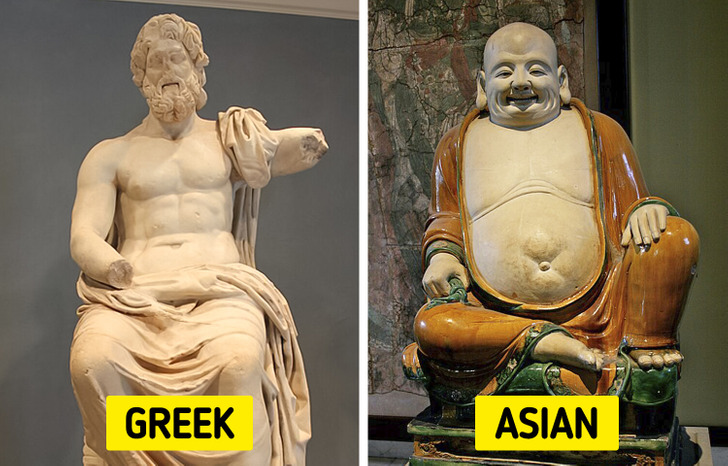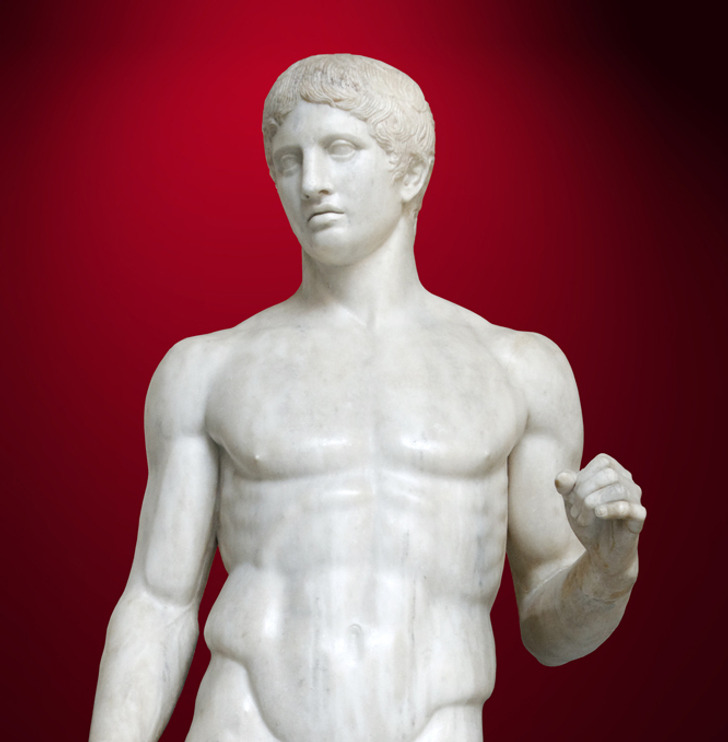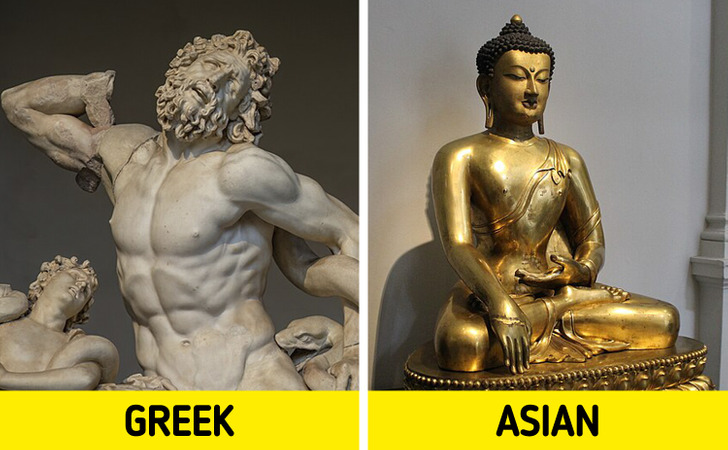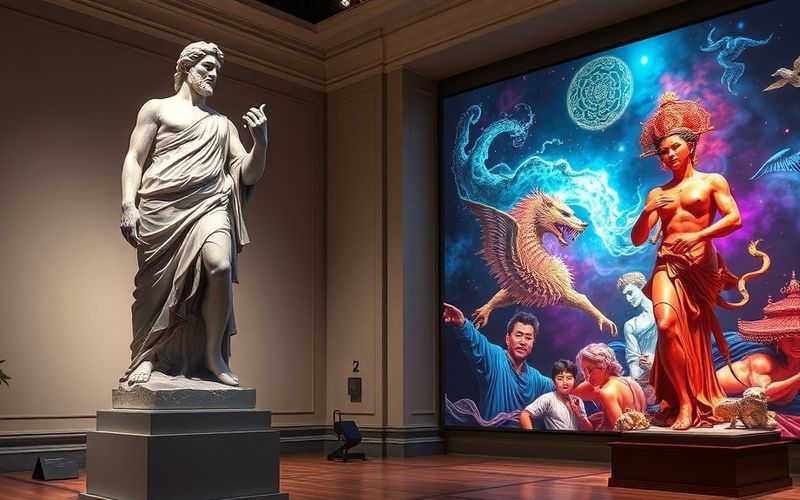
The biggest reason Greek and Asian sculptures look so different comes down to how each culture saw people. The ancient Greeks had a philosophy called humanism, which basically means they believed humans were the center of the universe. This idea that “Man is the measure of all things” completely shaped their art and made the human body its ultimate subject.
The Greeks imagined their gods as having ideal, super fit human bodies. So for them, carving a flawless statue was the ultimate way to honor both people and the gods. This focus on physical idealization is why their art aimed for a super realistic, yet impossibly ideal, style.

The Greeks were obsessed with perfection, and they believed they could achieve it using logic and math. Their artists created detailed rulebooks, called artistic canons, that used precise mathematical formulas. These rules dictated exactly how to sculpt the perfect, idealized human body.

The materials artists chose also tell us a lot about their goals. Greek sculptors were masters of marble and bronze. Marble was perfect for creating that smooth skin and showing off subtle muscles. Bronze was even better for crafting complex, action packed poses that would be impossible to carve from stone.













